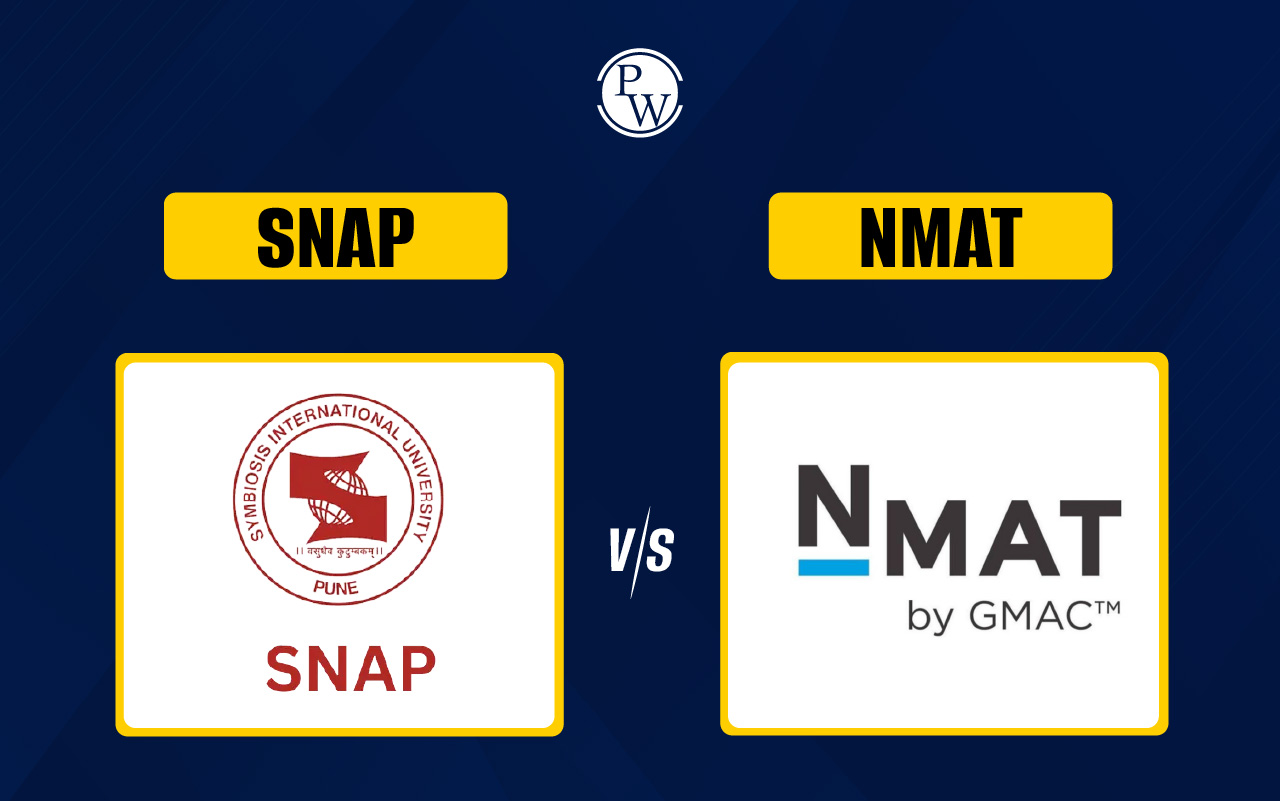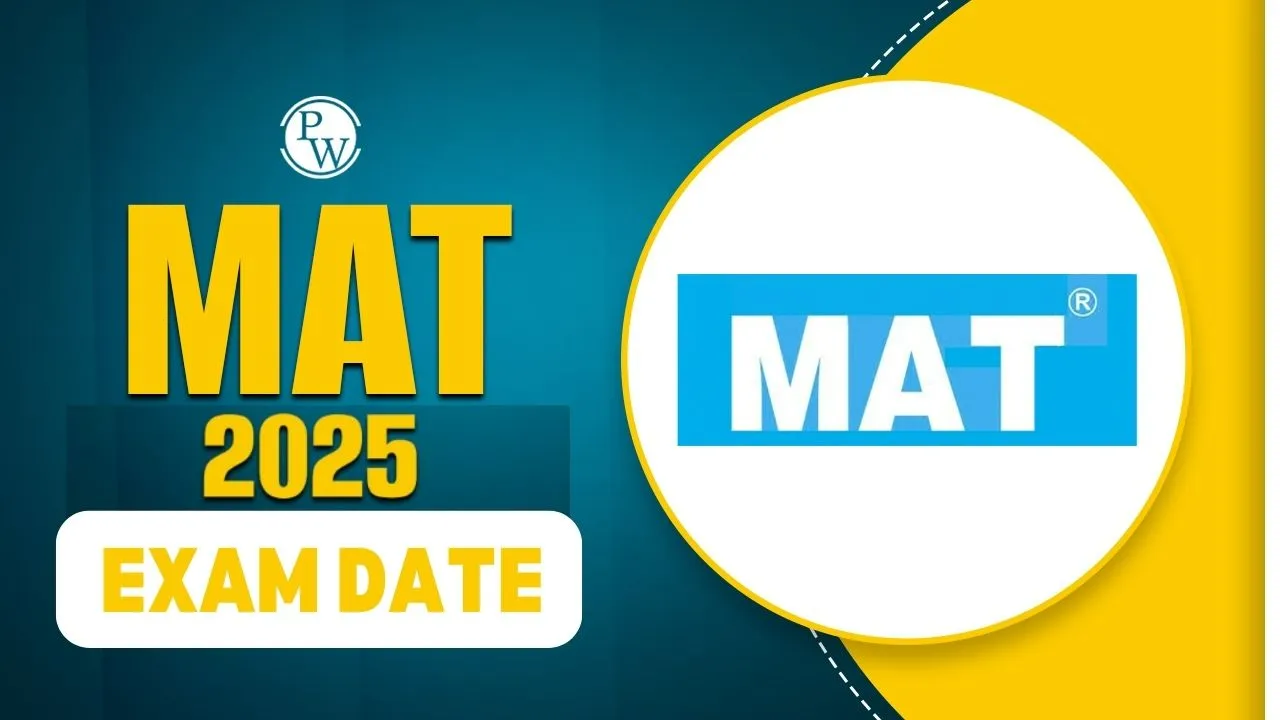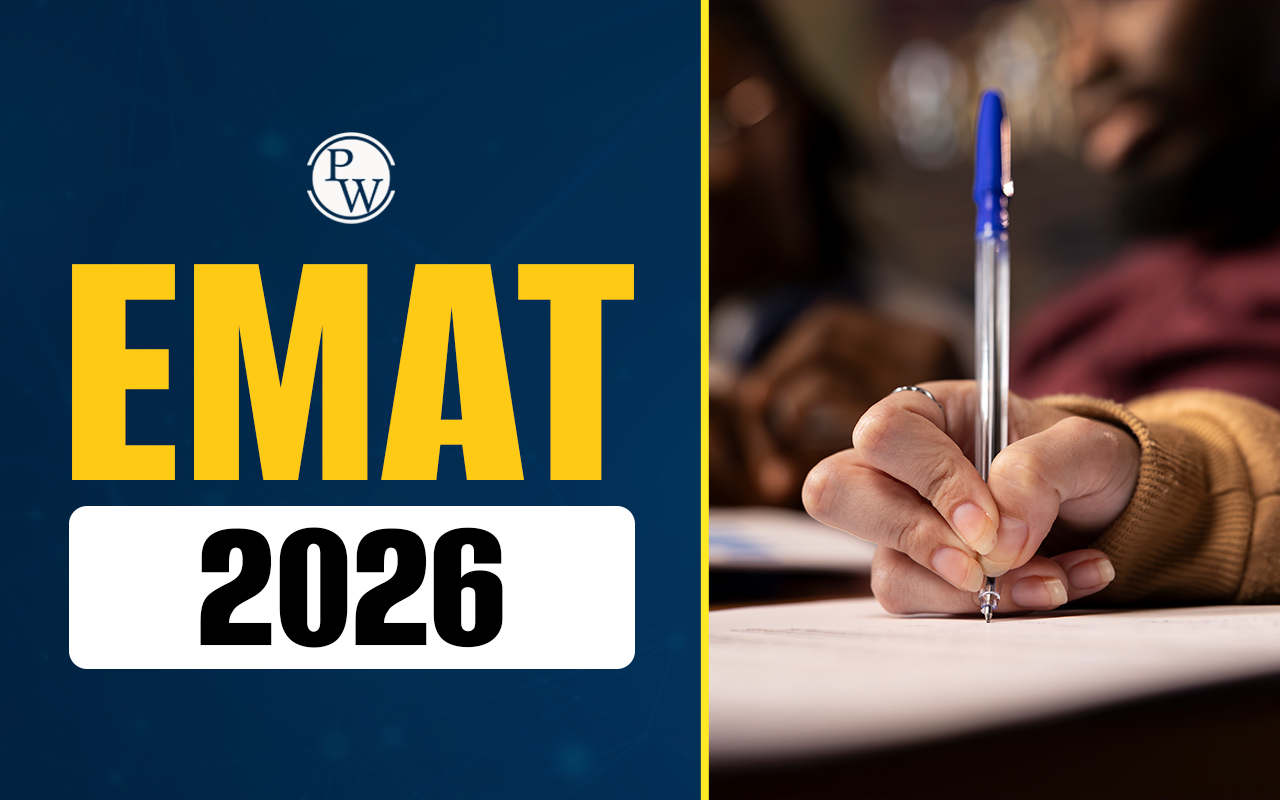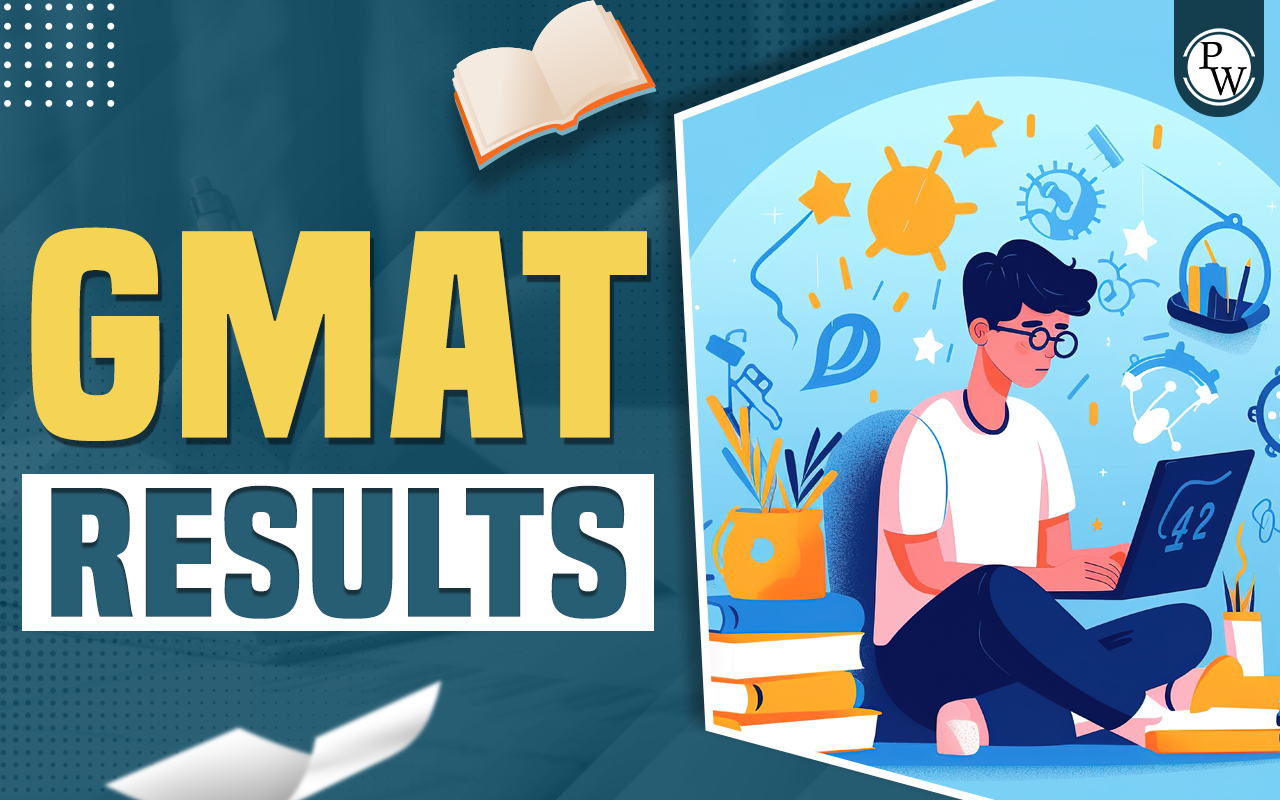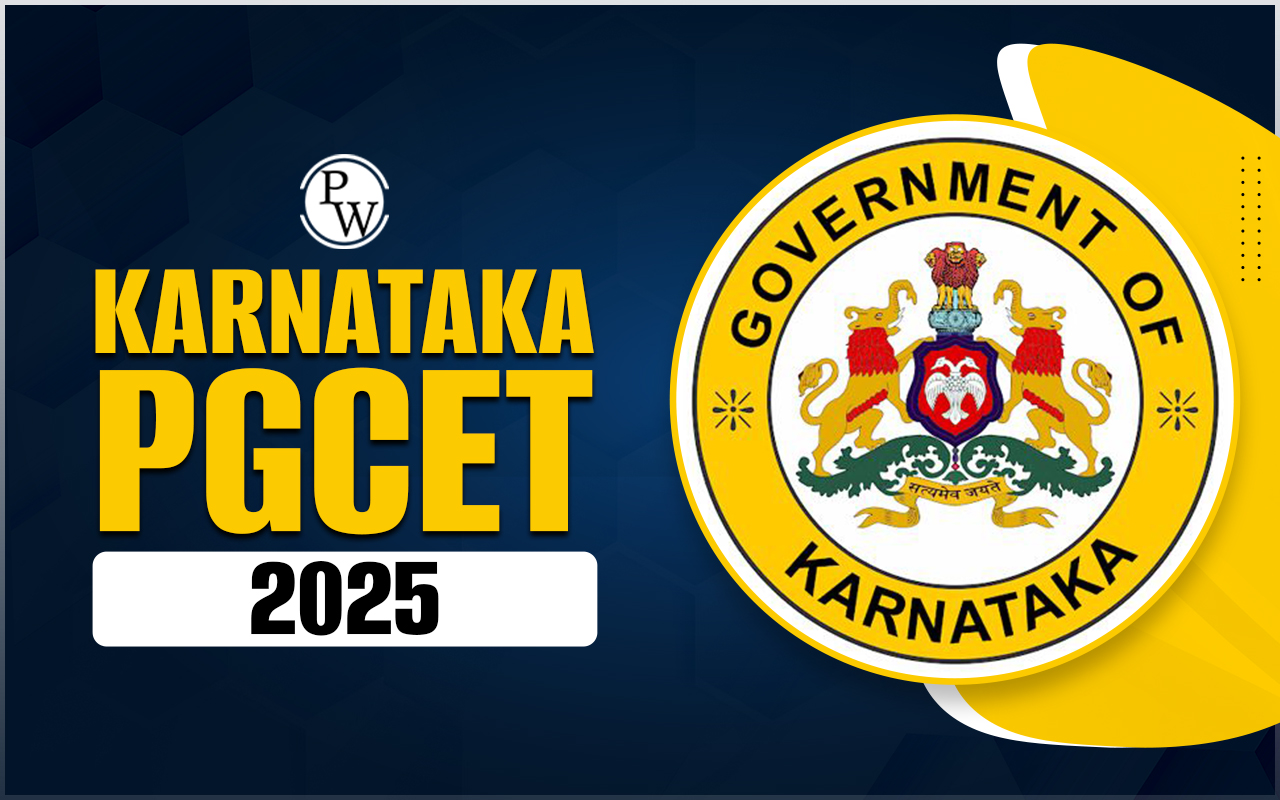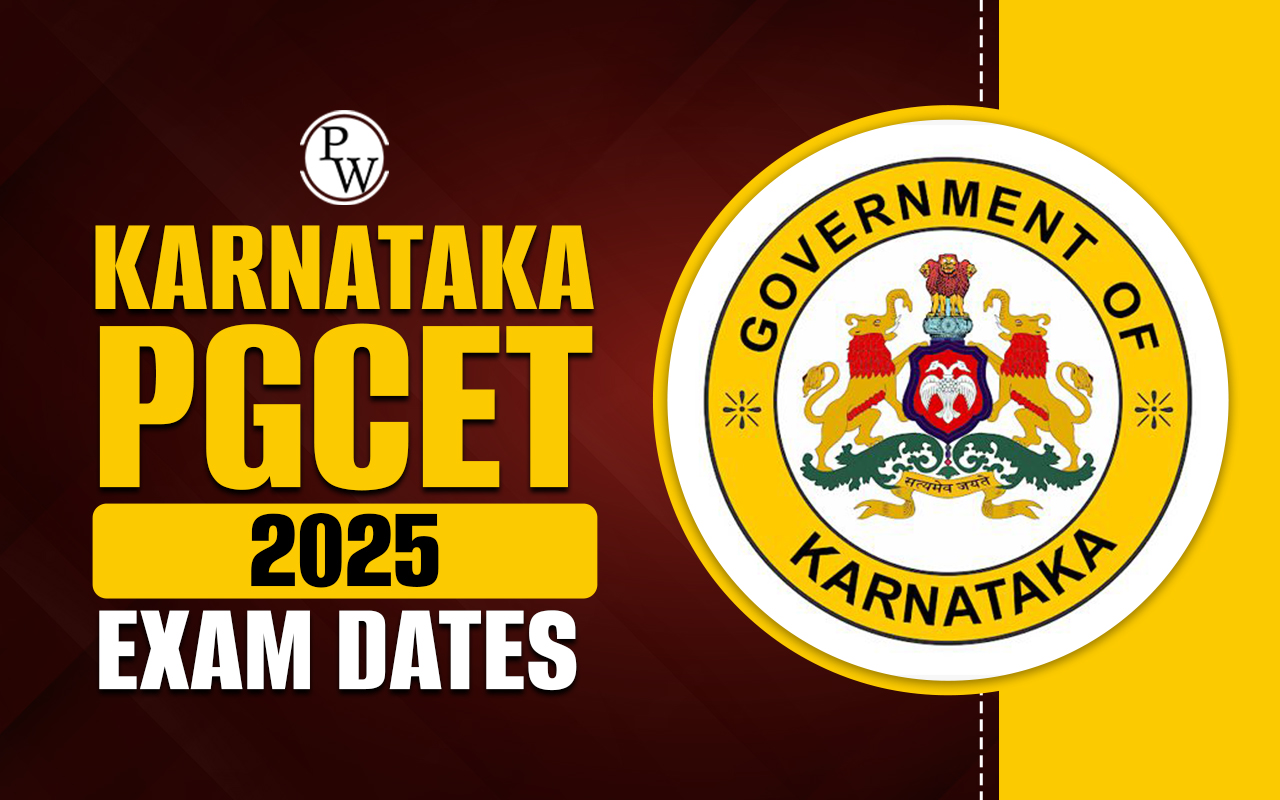
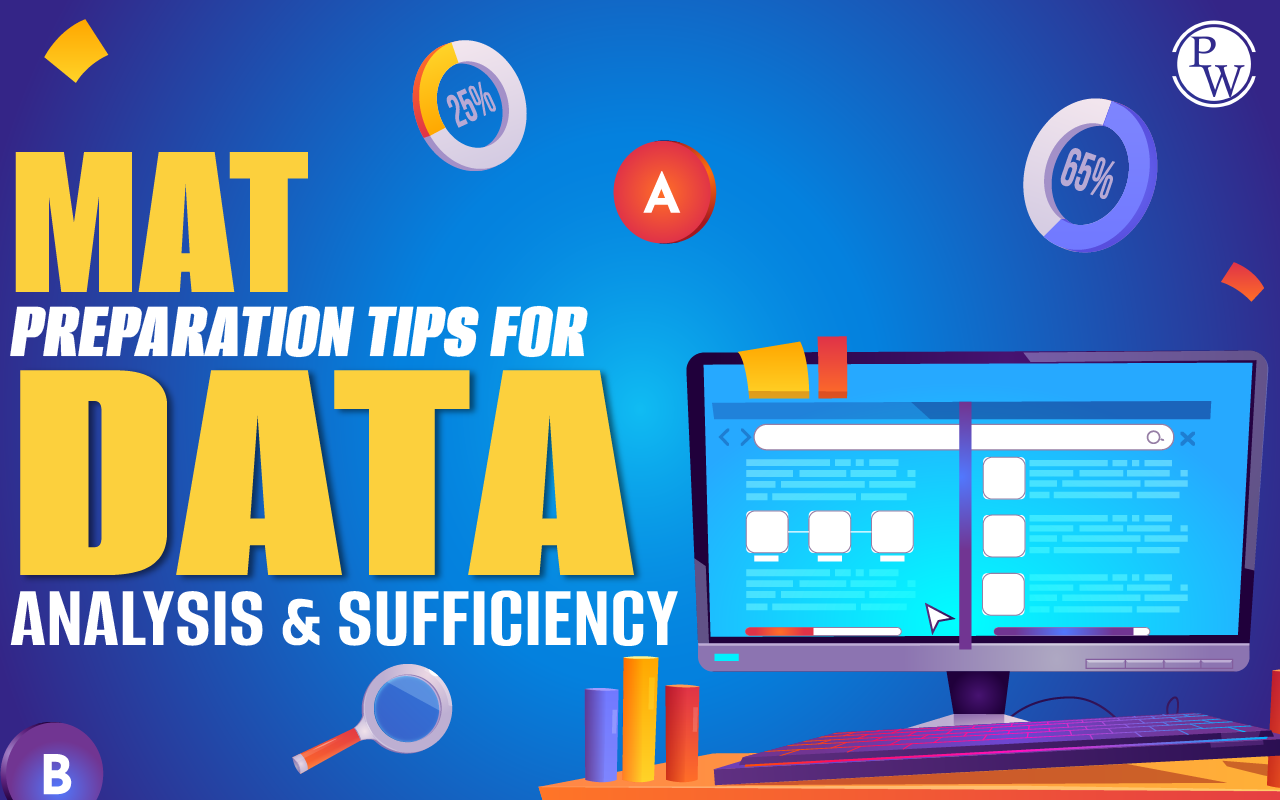
MAT 2024 Exam Preparation: The Data Analysis and Sufficiency section in the MAT exam is very important for people who want to work in management positions. This part checks how well you can understand and analyze big sets of data. It's not easy; the questions are moderate to difficult. To do well, you need a good plan. Practice MAT exam questions and sample papers in an organized way. Memorize tables and shortcuts for calculations. Don't guess the answers, and know the latest exam rules. There are 40 questions in this part, and you have 35 minutes to answer them. In this article, we'll give you expert tips to do well in this MAT exam section. We'll also talk about the kinds of questions you'll face, what you should study, recommended books, and how to prepare effectively.
MAT Question Pattern of Data Analysis & Sufficiency Section
In the MAT exam , the Data Analysis and Sufficiency section has seven to eight parts, and each part has four to eight questions. These questions can be about different things like Bar Graphs, Tables, Line Graphs, Combination Graphs, Pie Charts, Caselets, Data Sufficiency, and Data Comparison. To prepare for this section, you need to practice a lot. You should solve different types of questions about tables, graphs, bars, and pie charts. Among all the sections in MAT, this section is considered easier if you understand tables and charts well. This section tests your ability to understand and analyze big sets of data, which is really important for management jobs. To do well in this section, you need to practice solving MAT question papers and sample papers. If you prepare for the Data Analysis and Sufficiency section in an organized way, it becomes easier to do well. Below, you can find tips for preparing for the Data Analysis & Sufficiency section in MAT 2024.Data Analysis & Sufficiency: Questions and Difficulty Level
In the MAT exam, there's a part called Data Analysis and Sufficiency, which has 40 questions. These questions involve calculations and can be a bit challenging. To do well, you need a smart approach. This section has 6-8 parts, each with 4 or more questions. The questions are based on things like bar graphs, tables, and pie charts. There are different types of questions, such as comparing quantities, checking if data is enough, comparing data, and interpreting data. To prepare, it's important to know the exam pattern and what topics are covered. Here are the topics for this section: Data Tables, Data Charts, Bar Diagrams, Pie Charts, Line Graphs, Data Analysis, Venn Diagrams, and Data Sufficiency.| MAT section wise syllabus for Data Analysis & Sufficiency | ||
| MAT DILR Topics | Number of Questions | Level of Difficulty |
| Data Sufficiency | 5 | Easy |
| Data Caselet | 5 | Difficult |
| Line Graph | 5 | Easy-Moderate |
| Bar Graph, Expenditure and Profit | 5 | Easy- Moderate |
| Multiple Graphs | 5 | Easy |
| Pie Chart | 5 | Difficult |
| Data Comparison | 5 | Easy |
| Quantitative Comparison | 5 | Easy |
| Total | 40 | |
MAT Preparation: Tips for Data Analysis & Sufficiency
To do well in the Data Analysis and Sufficiency section of the MAT exam, follow these tips:- Read the questions carefully before answering.
- Practice solving MAT question papers and sample papers in an organized way.
- Memorize tables up to 20, squares, square roots, and cubes to save time during calculations.
- Avoid making assumptions in Data Analysis & Sufficiency questions.
- Spend about 35 minutes on this section during the exam.
- Focus on topics like bar graphs, tables, line graphs, combination graphs, pie charts, caselets, data sufficiency, and data comparison.
- Know the different types of questions: quantitative comparison, data sufficiency, data comparison, and data interpretation.
- Practice a lot to get better at reading and understanding data quickly.
- Learn tricks to reduce calculations in this section.
- Understand the latest exam pattern and syllabus.
Types of Data Analysis & Sufficiency Questions in MAT
The Data Analysis and Sufficiency section in the MAT exam has 40 questions that need calculations. They cover various topics like bar graphs, tables, and data sufficiency. Understanding different question types and practicing regularly are key to scoring high in this section.| Section Details | MAT Data Analysis and Sufficiency |
| Number of Questions | 40 |
| Question Types | Calculations-based questions |
| Topics Covered | Bar Graphs, Tables, Line Graphs, Combination Graphs, Pie Charts, Caselets, Data Sufficiency, Data Comparison, etc. |
| Question Classifications | Quantitative Comparison, Data Sufficiency, Data Comparison, Data Interpretation |
| Difficulty Level | Moderate to Difficult |
| Score Strategy | Apply a smart strategy for high scores |
Common Mistakes to Avoid in MAT Data Analysis & Sufficiency
In the Data Analysis and Sufficiency section of the MAT exam, it's important to avoid these common mistakes. By avoiding these mistakes, you can improve your performance in the Data Analysis and Sufficiency section of the MAT exam.- Missing Important Details: Don't rush through questions. Carefully read each question to avoid missing important information.
- Overusing Shortcuts: While shortcuts are helpful, don't rely on too many. Stick to the most effective ones for specific calculations to avoid confusion and save time.
- Read Questions First: Adopt a question-based approach. Read the question first before doing calculations. This helps you focus on what's needed and avoid unnecessary work.
- Practice Regularly: Practice a lot to get better at reading and understanding data quickly. Regular practice is key to solving these questions fast.
- Manage Time: Spend about 35 minutes in this section. Answer the questions you're confident about first. Don't spend too much time on one question.
- Understand Data Presentation: Understand how data is shown. Avoid assumptions and focus on the given data. Questions can be tricky, so pay close attention.
- Revise Formulas: Regularly revise important formulas and concepts to remember them well during the exam.
Tips to Score High in MAT Data Analysis & Sufficiency
To do well in the Data Analysis and Sufficiency section of the MAT exam, consider these tips. By following these tips, you can increase your chances of getting a high score in the Data Analysis and Sufficiency section of the MAT exam.- Carefully read all the questions before answering them.
- Understand how data is shown and find the important information.
- Practice solving MAT question papers and sample papers in a structured way.
- Remember tables up to 20, square numbers, square roots, and cube numbers to save time during calculations.
- Don't guess the answers; be sure before answering questions.
- Spend about 35 minutes on this section during the exam.
- Practice more questions to get better at understanding data quickly.
- Learn tricks that can help you solve questions faster.
- Know the latest exam pattern and what you need to study.
- Focus on important topics like bar graphs, tables, line graphs, combination graphs, pie charts, caselets, data sufficiency, and data comparison.
- Use shortcuts and tricks to solve questions quickly.
- Solve old exam papers and practice tests to understand how the questions are asked.
- See how well you do and find out what you're good at and what you need to improve.
- Regularly review important formulas and concepts.
MAT Preparation Tips for Data Analysis & Sufficiency FAQs
What are the key topics I need to focus on for the MAT Data Analysis and Sufficiency section?
How should I approach complex calculations in Data Analysis questions?
Are there any recommended study materials specifically for MAT Data Analysis and Sufficiency?
Is it necessary to memorize formulas for Data Analysis and Sufficiency questions?
How can I improve my time management during the Data Analysis and Sufficiency section of the MAT exam?


